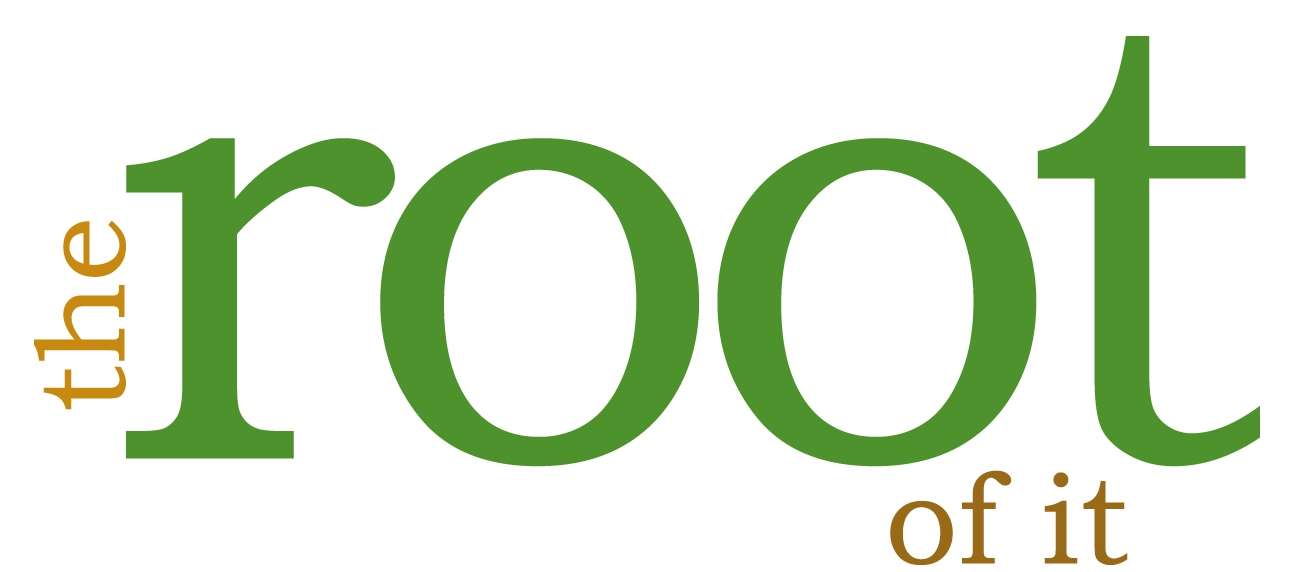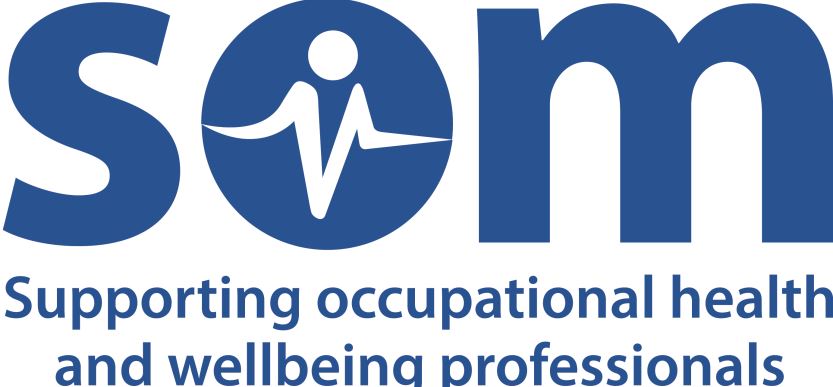A newly released report from the Department for Education collates and reports on children’s wellbeing measures between September 2021 and July 2022.
Extract from General Discussion (p17-18):
“the findings presented in this report suggest an inconsistent recovery of children
and young people’s wellbeing and mental health towards pre-pandemic levels by the end
of the 2021/22 academic year. While annual trends indicated that children and young
people’s subjective happiness and life satisfaction appears to have recovered to pre-
pandemic levels by 2022 (The Children’s Society, 2022), some measures, such as
anxiousness among primary and secondary age pupils (DfE, 2022e), and loneliness
(DfE, 2022g) and mental health among older young people (NHS Digital, 2022b), may
have worsened further. However, it is not clear from these data why this might be the
case. In addition, the percentage of those reporting low happiness with their health
appears to have increased in recent years (The Children’s Society, 2015, 2016, 2017,
2018, 2019, 2020, 2021, 2022) and eating problems remain at elevated levels compared to before the COVID-19 pandemic (NHS Digital, 2022b). While a range of individual and societal factors may have contributed to this, the current data do not allow us to make strong claims about the main causes of these trends.
Considering wider concerns, the percentage of those with low happiness with family and friends remains higher than in 2020 (The Children’s Society, 2015, 2016, 2017, 2018, 2019, 2020, 2021, 2022). There are further concerns about household finances, with around a third of parents and carers reporting that they had struggled with school costs (The Children’s Society, 2022), and a quarter of secondary-age pupils being worried about being able to afford technology for studying (DfE, 2022g). Despite happiness with school remaining at a similar level to previous years, on average, rates of those reporting low happiness with school appears to have increased in recent years (The Children’s Society, 2015, 2016, 2017, 2018, 2019, 2020, 2021, 2022).
However, some positive signs emerged from the data. Most secondary-age children and young people indicated positive feelings about school, relationships with peers and school staff (The Children’s Society, 2022), and that they liked and felt safe in their local area (The Children’s Society, 2022). Rates of participation in extracurricular (DfE, 2022e) and physical activity (Sport England, 2022) have also recovered since 2020/21, and most children and young people reported spending time outside most days of the week (Natural England, 2022). Encouragingly, children and young people’s happiness with their choice in life and what may happen to them later in their lives appear to have also increased between 2020 and 2022 (The Children’s Society, 2020, 2021, 2022), suggesting a sense of optimism among some.
This report also highlights how many of the daily experiences, thoughts, and feelings expressed by children and young people reflect their current mental health and wellbeing, offering some avenues for positive action. Responses to a range of surveys reported here show that those who feel safe in school, enjoy coming to school, and that they belong in school were less likely to have a mental disorder and more likely to report greater subjective wellbeing (DfE, 2022a; NHS Digital, 2022b). Further, regular physical activity and nature experiences were associated with greater wellbeing (Natural England, 2022). While with these correlational data we are unable to establish the causal relationships between these feelings and experiences, and mental health and wellbeing, the data highlight the importance of a supportive school environment, strong social relationships, an active lifestyle, and nature experiences in the daily lives of children and young people.”
The full report can be downloaded from:





